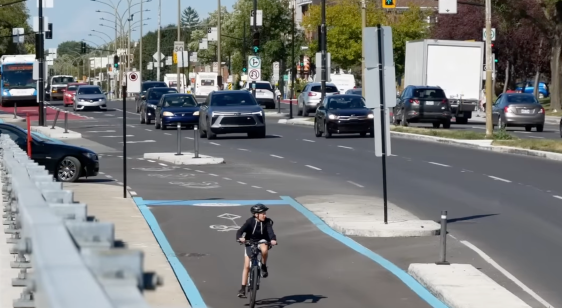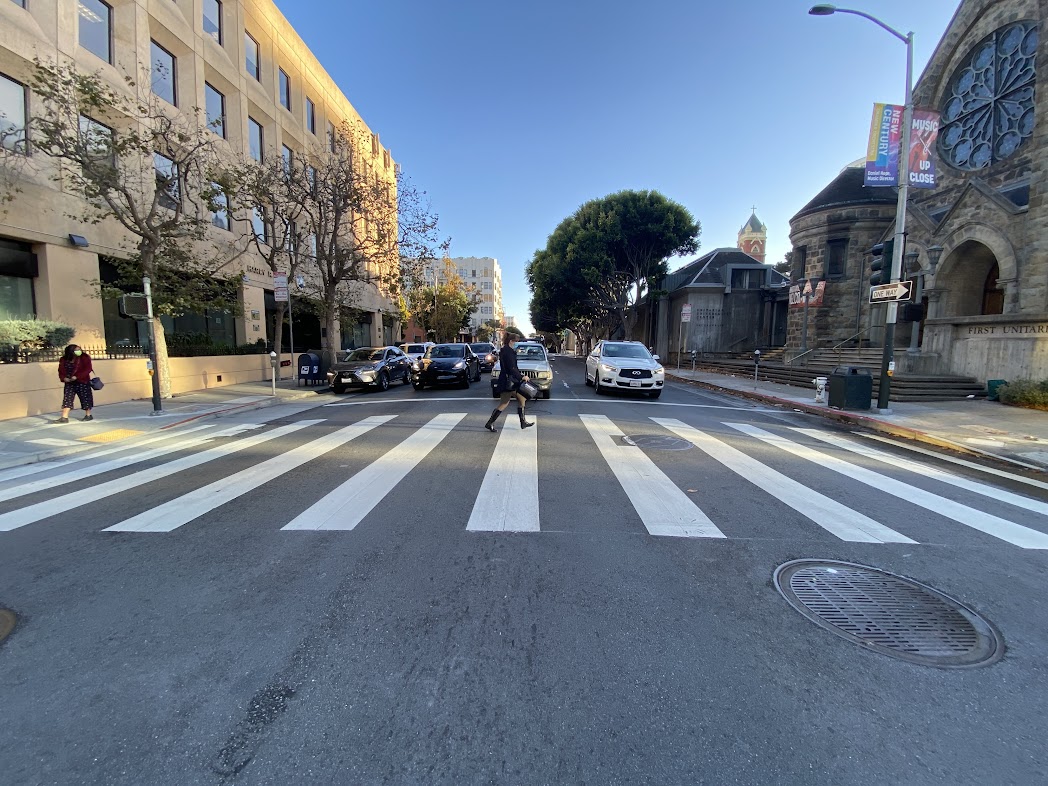As if San Francisco's sidewalks weren't narrow enough, they're often cluttered with objects like newspaper racks, utility poles, street signs, and utility boxes.
In a hearing yesterday, Supervisor Scott Wiener set out to question the necessity of such structures, calling on city staffers to answer for things like the empty newspaper racks at busy corners like 18th and Castro Streets.
"Whether or not particular street furniture has value, they can all block pedestrian access and reduce automobile and pedestrian visibility," said Wiener. "It's essential that we're very thoughtful and strategic about what we place on our sidewalks and where, exactly, we place it."
While Wiener noted that his recently-passed legislation should help streamline sidewalk expansions, he questioned the amount of space carved out from existing walkways, which often don't meet the new sidewalk design standards set out in the city's 2010 Better Streets Plan. "There are bus shelters where you almost have to walk single file to get past," he said.
Walk SF Executive Director Elizabeth Stampe pointed to improvements like bike corrals, which add bike parking in the street bed, as a "great example" of how to avoid cluttering city sidewalks.
"For decades, our roads have been designed to create a clear path for vehicles by shoving people over to the edges, where they need to thread their way between poles and empty newsracks and utility boxes," said Stampe. "We need to widen the space for people to enjoy on foot. We also need to think creatively about how we can start using some of these elements to calm traffic and make the street safer."
When it comes to removing or reducing the size of amenities like Muni shelters, newspaper racks, and traffic control boxes, city staffers said their hands are often tied by bureaucratic requirements and contracts. SFMTA staff said Muni shelters, an important amenity for riders, can't be manufactured at a smaller width.
John Kwong, manager of the Department of Public Works Bureau of Street Use and Mapping, said the reason empty newspaper racks are an increasingly common sight is because digital media has reduced demand for print media at a faster rate than the city is allowed to remove racks. Under the city's 2002 contract with Clear Channel, which owns the racks, only two percent of them -- which currently amounts to about six racks citywide -- can be removed each year, according to Kwong. The contract expires in 2022.
Supervisors Wiener and David Chiu also questioned the SFMTA's efforts to provide standalone restrooms for Muni operators at a cost of $170,000 apiece, as the SF Examiner reported today. Chiu urged the SFMTA to seek out agreements with businesses near the terminals of Muni lines to allow operators to use their restrooms, for which the agency typically pays a business $4,000 to $5,000 per year. SFMTA staff argued that many route terminals aren't near businesses, or aren't open at all the times that Muni operators need them.





